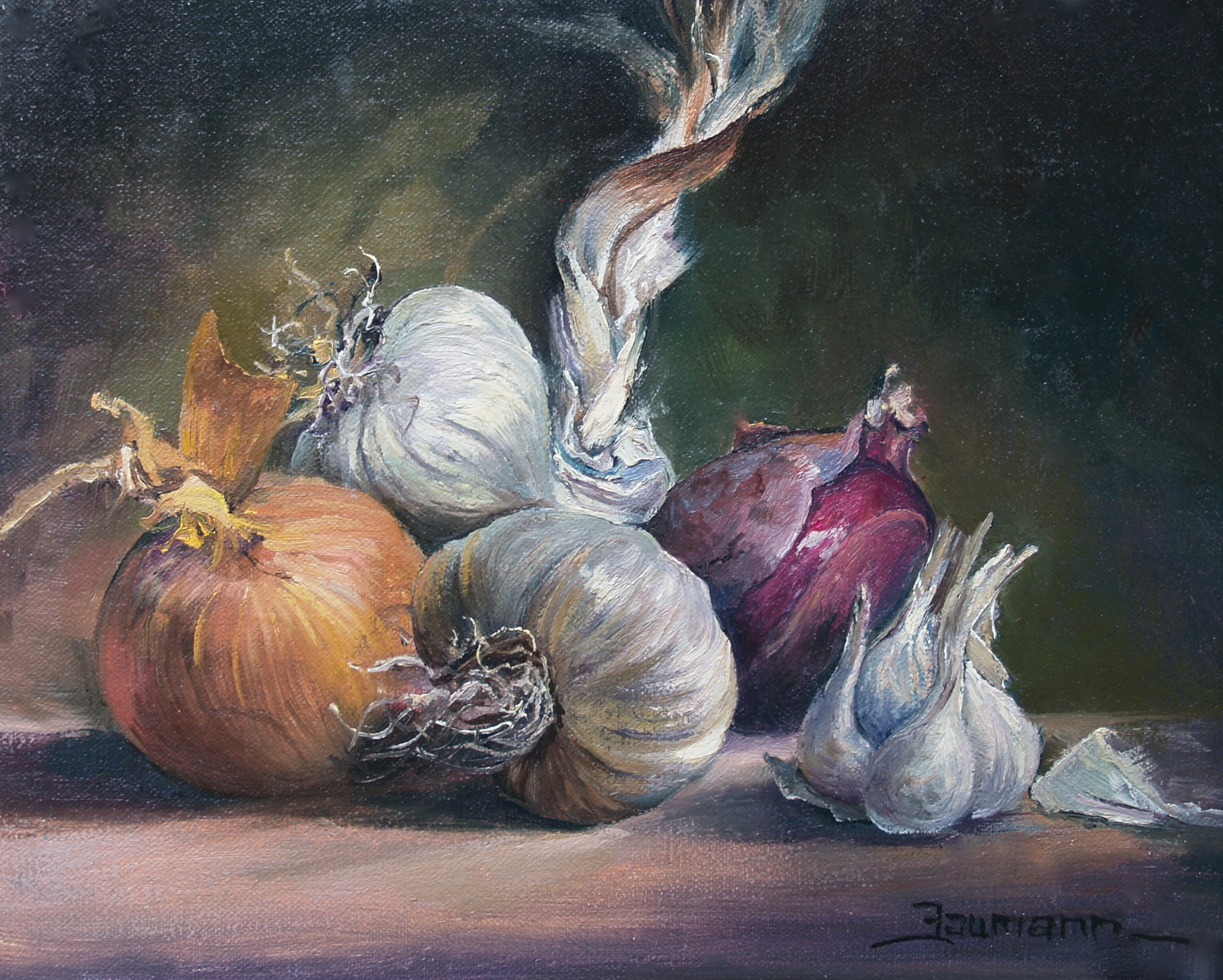Honing Your Skills Before Painting Plein Air
Unlike most artists, plein air painters abandon their studios, pack up their paints, brushes, canvas boards and easels to paint in the countryside where they capture their subjects and compositions direct from nature. This year many artists are preparing to travel to Tucson, Arizona for the Fifth Annual Plein Air Convention where hundreds of plein air artists will congregate, share ideas and paint together. But not so fast………
Before painting outdoors, at home, or at the Convention, it is a good practice to hone your skills by painting still life in your studio. The saying “use it or lose it” can be applied to painting. Just like any athlete or musician who prepares for an event or concert, artists benefit from practicing before they paint outdoors at a major plein air event. Attending an event like the Plein Air Convention creates excitement, anxiety and frustration, especially for artists who are attending for the first time. Taking the time to prepare yourself in your studio by painting still life subjects before the event refreshes your skills, helps you see value and color, and sharpens your visual and drawing abilities.
Painting from life is the same whether you are painting a tea cup or a cactus. Painting a still life allows time to rethink how to see and how to apply paint to create effects. It also tunes up drawing skills to create correct perspective and proportion, and sharpens color mixing and painting application skills in an environment that is controlled and comfortable. Composition ideas can be designed before going out to paint at the event to insure a sense of readiness when the “Paint Out” hour arrives and it is time to apply all the new and interesting insights that you have practiced as well as what you learn from other artists throughout the week.
Sharpening your skills before the event is a good way to prepare for the Plein Air Convention. Everything that you might encounter visually at the Conventions sites can be practiced by painting still life in the studio. By using the correct application of paint, the right values, the correct temperatures of the subject, the best consistency of the paint, and the right colors, an artist can transform a three dimensional image that is viewed and painted by brush on a one dimensional canvas surface into a two dimensional painting that is believable to the viewer. It takes practice to acquire the skills needed to accomplish all of this in 2+ hours, but the rewards are significant and memorable.
I invite you to read more information about the Plein Air Convention as well as other techniques and insights about painting en plein air by going to my YouTube videos under Stefan Baumann Painter on www.youtube.com. I look forward to meeting you in Tucson at the Convention!

